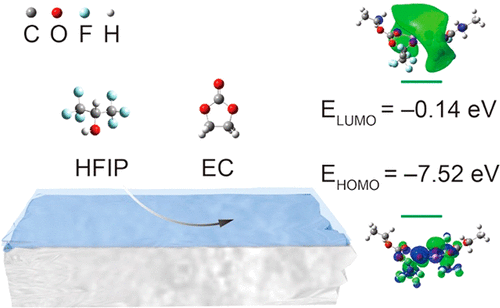

On the other hand, if the electron density is lowered by a substituent (electron-withdrawing group), the opposite situation will occur.įor an example, let’s compare the acetyl group and the methyl group as the substituents of the ferrocene. For example, when the electron density of the redox center increases due to the influence of a substituent (electron-donating group), the electron level rises (becomes unstable), and the redox potential easily shifts to the negative direction, which makes it easy to be oxidized. When an organometallic compound is used as a material, its characterization can be considered.įirstly, let’s consider the increase or decrease of the electron density of the redox center (site). The fluctuation factor for the electronic energy level is mainly the electron density in the redox center (the site where electron transfer takes place), the electric charge around it (positive, negative, its size), and the influence of the medium is added as other factor too. HOMO, LUMO may determine the redox potential and cause the redox potential fluctuation. For this reason, it will be described in several times later. However, it may also be significance to understand which factors affect redox potential in quality. Formally, it is called standard oxidation reduction potential or formula amount oxidation reduction potential, but here it is expressed as redox potential (redox is a combination of reduction and oxidation).Īs the redox potential of a molecular species depends on the locations of the HOMO - LUMO, it is possible to obtain it by theoretically quantum mechanical calculation. Regarding electrochemical reactions, oxidation is to remove electrons from HOMO, and reduction is to add electrons to LUMO.īecause the electronic level is the inherent feature of the substance, the redox potential is also a unique value of the substance. The highest occupied energy level is defined as the highest occupied level (HOMO Highest Occupied Molecular Orbital), the unoccupied energy level above it is called the lowest unoccupied molecular orbital (LUMO: Lowest Unoccupied Molecular Orbital), these electronic energy levels are involved in the reaction of molecular species.įor this reason, HOMO and LUMO are also called frontier levels. The outer layer electrons of the substance (considering molecular species here) occupy the electronic energy level (also called orbital) in the turn from the low level to high level. If you know this, you can use it as a guide to designing a substance with a desired redox potential.
#LUMO AND HUMO HOW TO#
That is how to determine the redox potential. Oxidation-reduction potential is a characteristic feature of molecules that can be used for the identification and characterization of the substances. One of the purposes of the electrochemical measurement is to understand the redox potential of the subject. Furthermore, the cube file that was generated only show the charge density, not the HOMO and LUMO view.Laboratory Of Research & Development, BAS Inc. I'm not sure which orbital should I list in the "orbitals density".

I'm only interested in the HOMO and LUMO using Gaussian cube file and view with ECCE. I have similar problems trying to visualize the MO.


 0 kommentar(er)
0 kommentar(er)
